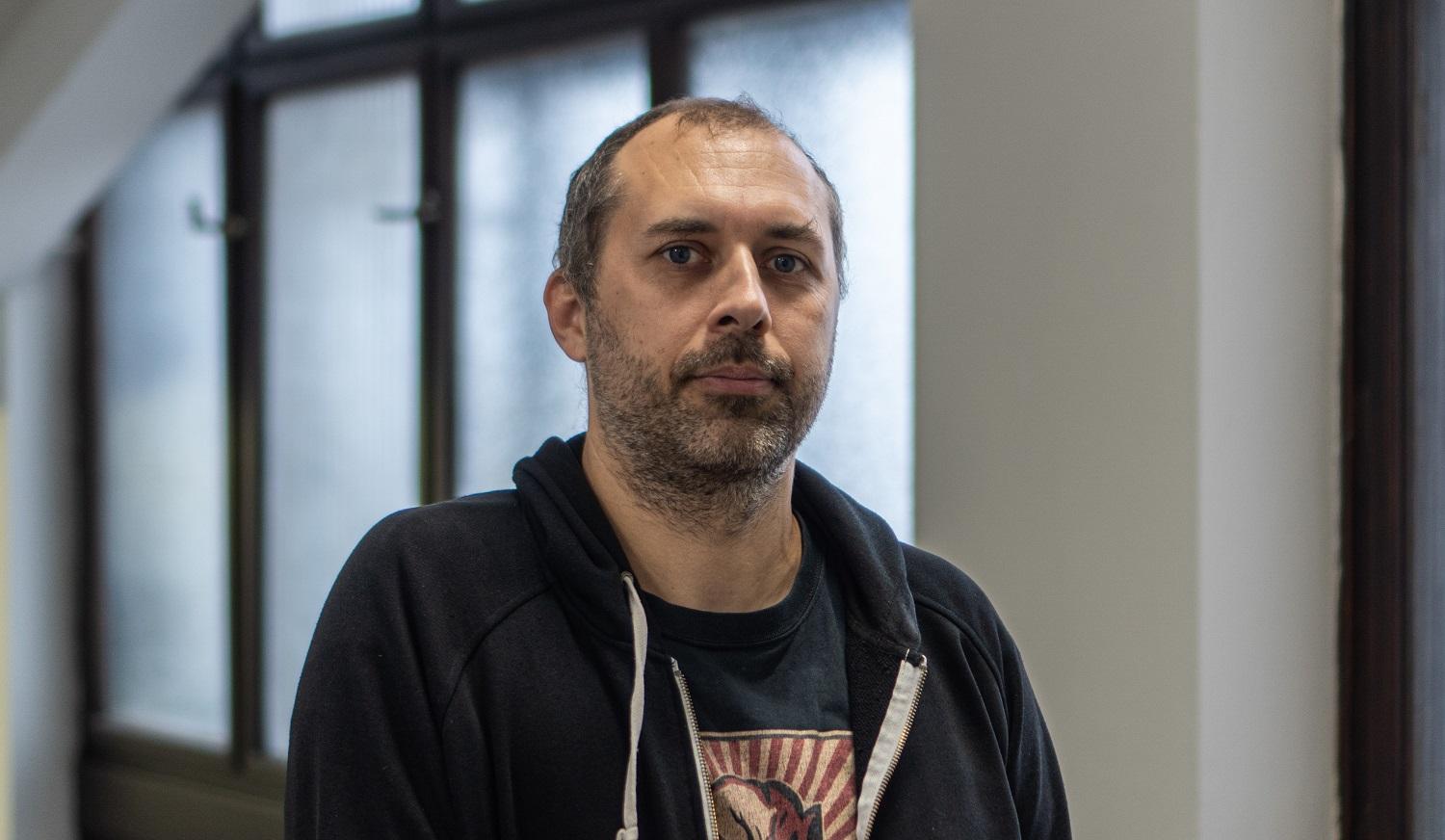
Catalyst recycling will reduce the consumption of precious metals in the commercial sector
Associate Professor Tomáš Bystroň is part of a team that received a grant from the Czech Science Foundation (GAČR) and the U.S. National Science Foundation (NSF) for an international project entitled Engineering nanostructured electrodes for the selective recovery of homogeneous catalysts. Read how this project will positively impact both the environment and the bottom line for commercial companies.
What is this grant about?
The grant focuses on the separation of homogeneous catalysts from a solution. Homogeneous catalysts are widely used in the commercial sector to catalyse a number of important reactions in large volumes. A catalyst is usually based on a precious metal such as ruthenium, platinum, iridium, or palladium. Once a catalyst flows in solution (in a solvent stream) from a system, it is often hard to extract it back to its original, reusable form. Results from our research should solve this. A solution is based on the use of redox polymer films that contain metallocene units, which we can oxidize electrochemically and turn into cations. If a homogeneous catalyst is in the form of an anion, these films can capture it from a solution. When we then reduce the film in another environment, the catalyst is released back in its original form and is immediately reusable.
When did the grant start and how long does it run?
It started at the beginning of October 2024. Like most Czech Science Foundation projects, it will run for three years.
Who works on it?
The principal investigator is Dr. Roman Kodým and the team includes myself and Professor Karel Bouzek. The Su Research Group at the University of Illinois Urbana-Champaign is working on it in the U.S.
What is your role and that of the U.S. group?
Our task is to better understand how given redox films work: how charge transports in them, how quickly ions are incorporated into the films, and other properties that we investigate experimentally. Based on the facts we establish, a mathematical model will be developed and verified. The model will describe the behaviour of the system. With its help, we will then design a device that would be usable on a larger scale for commercial application.
The U.S. group invented this principle; they synthesize polymer films and have been studying their behaviour and properties for many years.
Why did the Su Research Group choose you?
We first met a few years ago at a conference. Then, the next time we met, we talked a little more. Our strength is that we are able to combine the results of electrochemical experiments with mathematical modelling. I focus primarily on the experimental part; my colleague Roman Kodým focuses on mathematical modelling.
How can your research outputs be used and what impact will they have if all goes according to plan?
We will make it possible to limit the consumption of catalysts, i.e. precious metals. This will positively impact both the environmental and commercial bottom lines. If successful, this procedure would revolutionize the field of homogeneous catalysis.
Where specifically are the types of catalysts used in practice?
Homogeneous catalysts are widely used in organic technology. They are used, for example, by a number of petrochemical processes, hydroformylation, carbonylation, and hydrogenation.
How often does it happen that someone from the Czech Republic receives international support at this level, and why do you think that you got this grant?
I think this is an interesting project with great potential. In addition to specific commercial applications, it is also beneficial for its fundamental contribution to science, since it should enable a better understanding of the processes taking place in a system. The possibility of selectively capturing only selected types of catalysts from a multicomponent system is extremely interesting.
There are several hundred standard Czech Science Foundation grants given every year, dozens of ones with international partners, but only a few with U.S. collaborators. The most important thing is that the teams understand each other not only professionally, but also personally. Such collaborations are primarily about trust. If the partners do not understand each other, there is no point in working together.
What motivated you to do this study?
Personally, I am motivated most by curiosity. I’m simply interested in how things work and it’s cool to be able to figure things out. That’s what I enjoy about this job.
What else do you do as part of your research activities?
In our team, we mainly deal with hydrogen technologies. I focus mainly on acidic electrolysis of water, which is a simple method for hydrogen production in principle, but which is currently still too expensive. I am also involved in electrochemical synthesis, with the help of which interesting molecules can be prepared very easily (if one knows how).
What are your future plans and what would you like to achieve one day?
I don’t have one specific goal. In the future, I would like to continue working on grants that have scientific potential while being fun and fulfilling. That is my greatest ambition. Everything else will come on its own.







